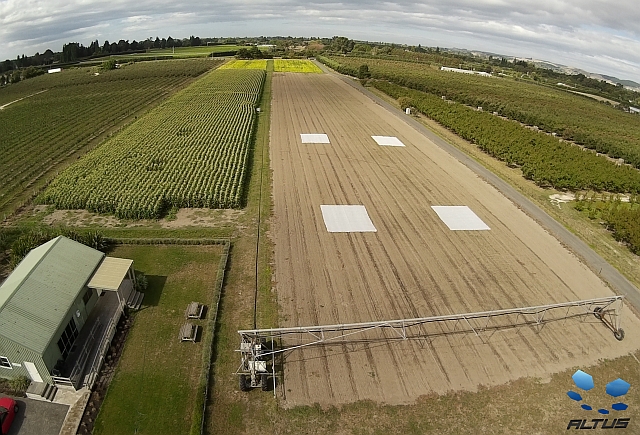The 2015 LandWISE Annual Conference attracted record numbers. It’s theme looked forward 15 years to contemplate what a farm might look like in 2030.
We are most grateful for the strong support of our many sponsors, a vital feature for bringing such events to the community.
You can see the full programme here>



Three speakers, Robert Fitch, Tristan Perez and Cheryl McCarthy, travelled from Australia to help lead discussions.



Add Tom Botterill, Peter Schaare and Ian Yule



Gert Hattingh, John Ahearn and John Chapman



Bruce Searle, Christine Finlayson and Geoff Bates plus others from New Zealand and see the wealth of knowledge and experience available.
You can see all speakers and their biographies here>
On Day 1, presenters discussed sensing, control and robotics. Developments in this area are proceeding remarkably fast, with prototype machines finding their own way around farms, identifying weeds by species and applying custom treatments including sprays only to leaves. Additional presentations on pasture and plant quality detection, grapevine pruning and fruit quality analysis made it a full informative day.
At the end of the day, delegates formed small teams to design their dream agricultural robots – an excellent way to consolidate information. The key however, was identifying what their robots should do (not how) and describing the constraints under which it would need to operate.
As soon as you state a “how” you limit the options that can be considered in determining the final design. Maybe it shouldn’t be a 4-wheeled rover, but an aerial vehicle, or even a ground crawler. Get the specifications right, and the design will identify itself.

Day 2 began with discussions around variability. Identifying what variability exists, where it is and whether it justifies custom management is a critical starting place. Speakers also focused on managing two important farm inputs to ensure the right job is done – seed placement and fertiliser application.
Day 2 was completed at the LandWISE MicroFarm at the Centre for Land and Water. There were demonstrations of in-field nitrogen testing, a soil pit to examine, a robot pulling a urine patch detector, a one pass strip-till and planting machine, testing fertiliser spreaders and UAVs.

Something for every forward thinking agriculturist!



 ASL software, (LandWISE Yield Estimation software) and apps for pipfruit and irrigation industries) have developed a ground cover measurement tool. We used it to map MicroFarm onion crop canopies and found good correlation with final yields.
ASL software, (LandWISE Yield Estimation software) and apps for pipfruit and irrigation industries) have developed a ground cover measurement tool. We used it to map MicroFarm onion crop canopies and found good correlation with final yields.








 An extract from a landuse map is shown at the left. This is an enlargement of summer 2011/12 classification, showing land use timing at paddock-level
An extract from a landuse map is shown at the left. This is an enlargement of summer 2011/12 classification, showing land use timing at paddock-level
